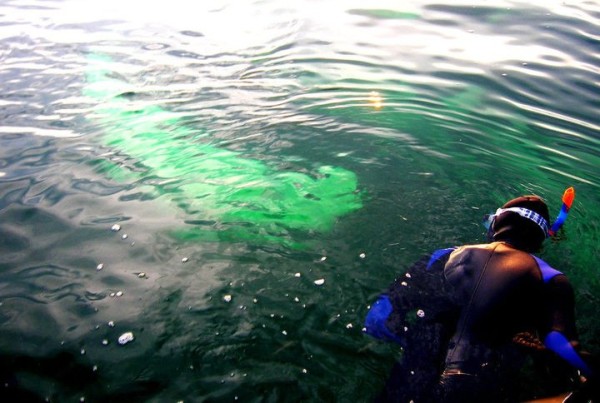Protections could be coming for Hudson Bay belugas
As Manitoba’s Beluga Week comes to a close, it’s easy to see why it takes a whole seven days to properly celebrate these charming and playful whales. During WWF’s own Beluga Week in June, we learned about their diverse habitat, their unique traits, and their permanent place in the hearts of an entire generation of Canadians.
More than anywhere else in Canada, Manitobans have reason to pay tribute to these magnificent cetaceans: The world’s largest summering concentration of beluga whales – roughly 57,000 – can be found in western Hudson Bay. Every year they migrate to this area to feed, give birth to their young, and nurse them in the safe, shallow waters unpassable by their main predator, the killer whale.
For over a year, the Government of Manitoba has chaired a working group tasked with drafting a management plan that would limit shipping traffic through the Churchill, Nelson and Seal River estuaries in order to protect this essential beluga habitat. The plan includes several recommendations to limit pollution around the Port of Churchill, manage shipping in and around the areas of the Bay where Manitoba has jurisdiction, and work with the federal government to increase marine protections for the whole of the Hudson Bay area, which also borders Ontario, Quebec and Nunavut.
Though taking advantage of increased development in the area is crucial to the economy of coastal communities like Churchill, there is a balance to be struck. Chris Debicki, project director for Oceans North Canada, sat in on the working group that drafted the management plan.
“It was a hugely collaborative process,” says Debicki. “All sectors, including government, industry, local communities and environmental organizations worked together to ensure their needs and the needs of this thriving population of belugas were taken into account.”
Ideally, the management plan would be put in place before sea ice loss due to climate change opens up the Hudson Bay area to increased shipping activity. There currently appears to be no timeline for its release and implementation.
“Protecting marine habitats is essential to the overall health of the fragile Arctic ecosystem, and the northern economies that rely upon it,” says Paul Crowley, the head of WWF-Canada’s Arctic program. “This management plan is an important step towards ensuring that protection, and we eagerly await its arrival.”


